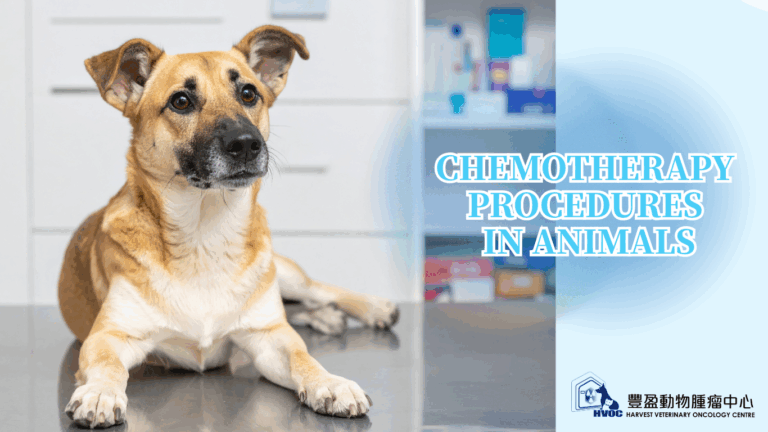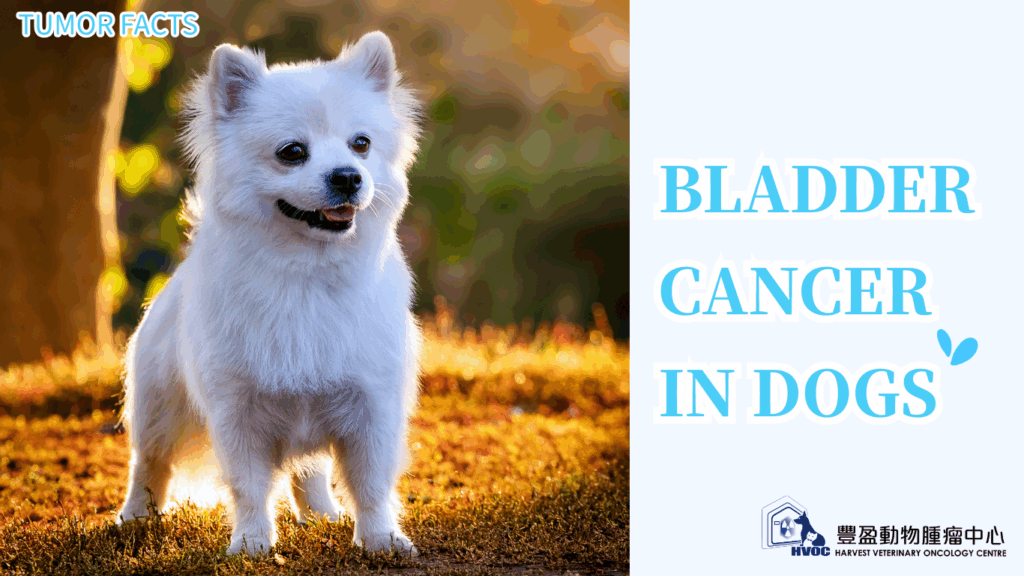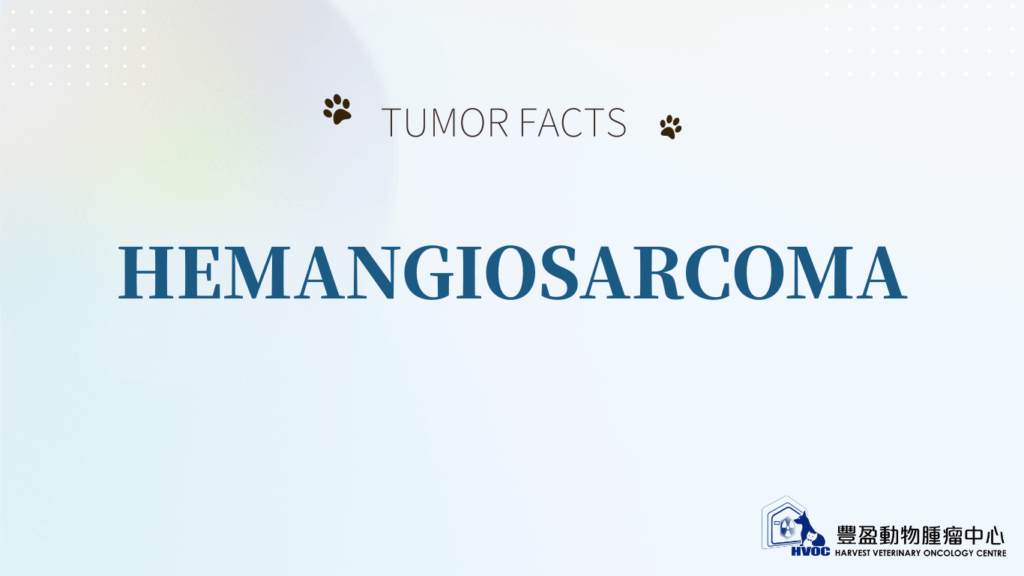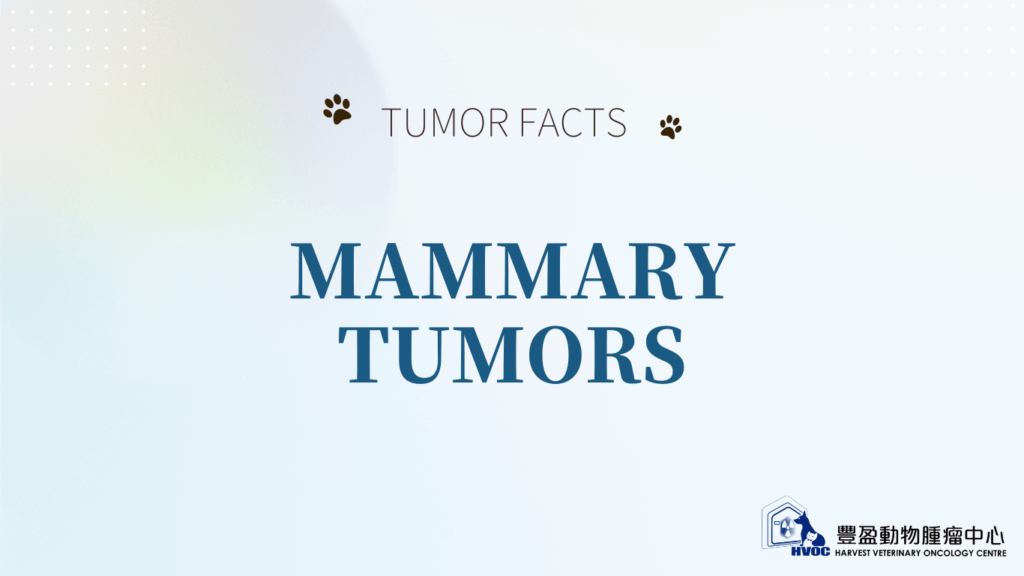
What does chemotherapy for your animal involve?
Physical examination: The veterinary oncologist will evaluate your animal’s hydration, temperature, listen to their heart and lungs, feel their belly, and check the size of the lymph nodes.
Bloodwork – CBC: A blood sample is taken to conduct a complete blood count (CBC), checking the white blood cells, red blood cells, and platelets. Additional blood tests, such as renal or liver function tests, may be necessary to ensure safety before administering chemotherapy.
Chemotherapy dosage calculation: The veterinary oncologist will determine the chemotherapy dosage based on your animal’s weight on that day and any additional medications that will be given alongside the chemotherapy.
Chemotherapy preparation: The preparation process involves wearing personal protective equipment, including a gown, chemotherapy resistant gloves, and goggles. The chemotherapy drug is drawn up in a biosafety cabinet (hood) using a closed system to prevent any spills.
Administration of injectable chemotherapy: If injectable chemotherapy is administered, the leg is shaved, the location is prepped and sterilized, and the chemotherapy is given intravenously using a closed system to to minimize the exposure of doctors and nurses to the medication. The duration of the treatment can vary, with some sessions being quick (less than a minute) while others may take up to 30 minutes or longer.
Your animal will receive lots of love and treats throughout the process.






